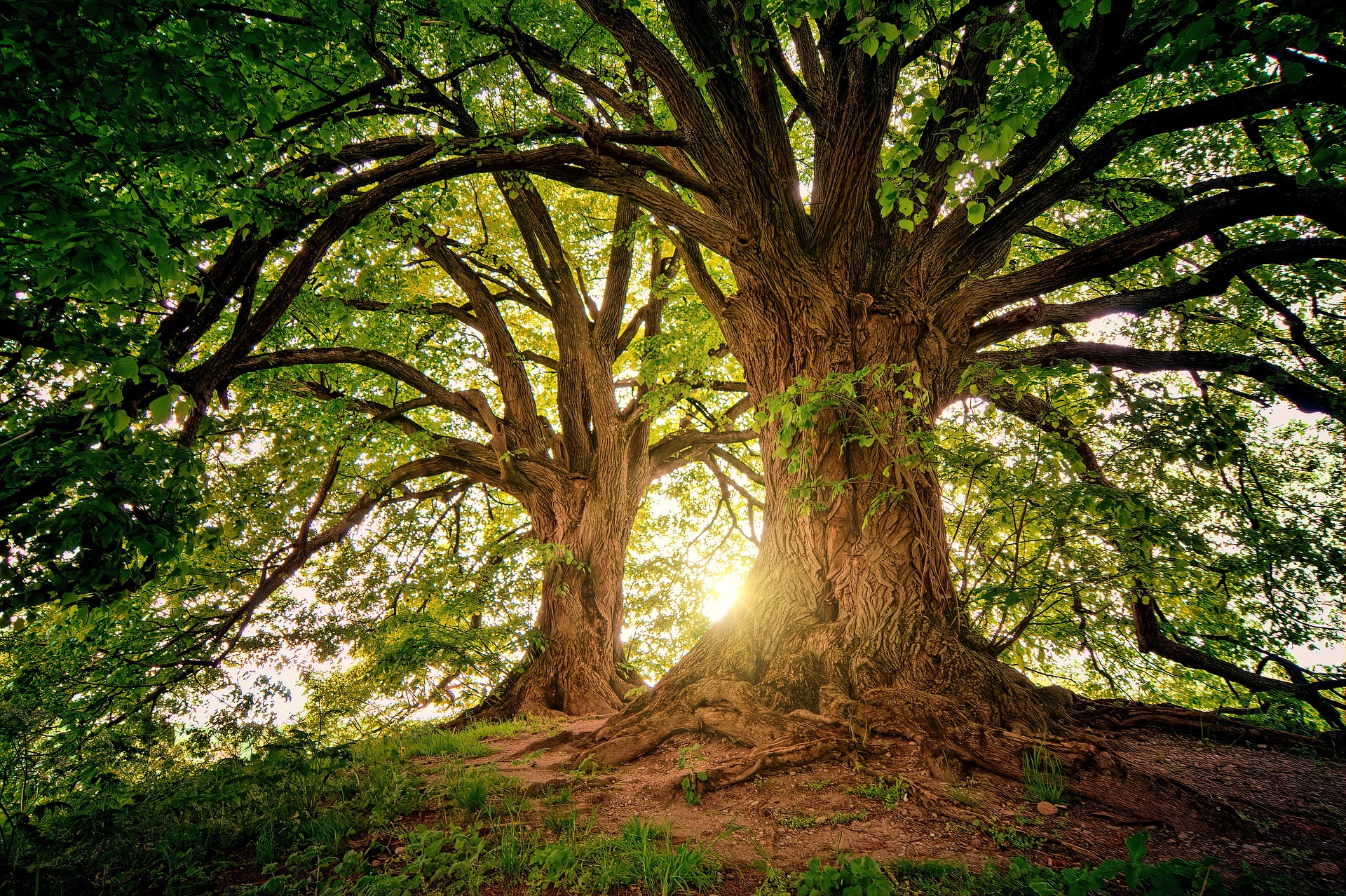ARE YOU READY FOR SOME HELP?
Damage caused by the bronze birch borer
The larvae of the bronze birch borer (a grub) feeds on the phloem and cambium layers just under the bark, blocking transport of water and nutrients between the root system and the leaves. Extensive damage can kill roots, branches and entire trees, especially when trees are stressed by drought, old age, other insect damage, injuries or poor soil conditions. The bronze birch borer attacks all birch species and sometimes juniper and apple trees.
Trees grow a callus over the tunnels of the bronze birch borer, causing ridges, swellings or bumps on the surface of the bark. Adult bronze birch borers chew a “D” shaped hole in the bark when leaving the tree. These holes are filled with sawdust and may be stained reddish colors by tree sap.
Image by: Whitney Cranshaw, Colorado State University, Bugwood.org
How to identify the bronze birch borer
The bronze birch borer (Agrilus anxius) is beetle, slender and metallic olive-bronze or copper colored. Adult male bronze birch borers are 1/4″ to 3/8″ long with a greenish head, and the female is 1/3″ to 1/2″ long with a copper or bronze head.
The larvae have a slender, flattened, white body and light brown head. The bronze birch borer lavae grow from 1/16″ to 1 1/2″ in length.
Image by: David G. Nielsen, The Ohio State University, Bugwood.org
Life cycle of the bronze birch borer
Female bronze birch borers lay eggs in crevices and cracks in the birch tree bark. The eggs hatch about 14 days later.
The larvae excavate tunnels under the tree bark, eating the cambium and phloem until the weather cools in the fall. When the temperature warms in the spring the larvae start eating the cambium and phloem. When they are full grown the bronze birch borer larvae pupate.
Adults emerge from holes in the bark from May to July depending on the climate. The females mate and start laying eggs about 1 week after emerging from the birch tree, and the adult bronze birch borer lives about 3 weeks.
The bronze birch borer adults may emerge from the birch tree after just one year if the climate is warmer and the host birch tree is severely stressed.
Image by: Whitney Cranshaw, Colorado State University, Bugwood.org
How to control the bronze birch borer
The bronze birch borer usually attacks trees that are stressed due to poor location, lack of water, poor care, previous insect attacks or recent transplantation. Reducing plant stress through proper care can help limit attacks, but chemical control may be recommended. Some birch species are more resistant to bronze birch borers, and the river birch may be immune to the bronze birch borer.
We spray insecticide on the affected tree trunks in spring and summer to kill the adults and eggs before they can hatch. We also apply systemic insecticides that are absorbed by the birch tree and carried to the bronze birch borer larvae feeding inside the tree to kill the larvae.













